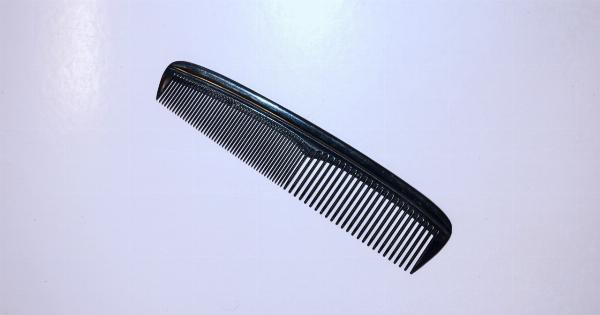Cell phones have become an essential part of our lives. We use them for communication, entertainment, and even as a source of information. As technology has evolved, cell phones have become more powerful and have more features.
However, with the increasing use of cell phones, concerns have arisen about their interaction with medical devices such as pacemakers.
What is a Pacemaker?
A pacemaker is a small device that is implanted under the skin of a patient’s chest. It helps regulate the heartbeat of the patient by sending electrical signals to the heart.
A pacemaker is used to treat patients who have a slow or irregular heartbeat.
How do Cell Phones Affect Pacemakers?
Cell phones emit electromagnetic waves that can interfere with the electrical signals sent by a pacemaker. These waves can cause the pacemaker to malfunction, which can be dangerous for the patient.
The degree of interference depends on the strength of the electromagnetic waves emitted by the cell phone, the distance between the cell phone and the pacemaker, and the specific type of pacemaker.
What Precautions Should You Take?
If you have a pacemaker, it is important to take certain precautions when using a cell phone. Here are some tips to help you avoid any potential interference:.
1. Keep Your Cell Phone Away from Your Pacemaker
When using your cell phone, keep it away from your pacemaker. You should hold your cell phone to the ear farthest from your pacemaker.
For example, if your pacemaker is located on the left side of your chest, you should hold your cell phone to your right ear.
2. Avoid Carrying Your Cell Phone in Your Breast Pocket
Do not carry your cell phone in your breast pocket if you have a pacemaker. This is because the pacemaker is located under the skin of your chest, and the cell phone may be too close to it.
3. Use Earphones or Speakerphone
Using earphones or speakerphone can help keep your cell phone away from your pacemaker. This is because the earphones or speakerphone can be held away from your chest.
4. Do Not Use Your Cell Phone in Medical Facilities
Do not use your cell phone in medical facilities such as hospitals or clinics. This is because the electromagnetic waves emitted by your cell phone may interfere with the medical equipment there, aside from pacemakers.
5. Use a Cell Phone That Is Pacemaker-Compatible
Some cell phones are pacemaker-compatible. These cell phones are designed to emit lower levels of electromagnetic waves than other cell phones. If you have a pacemaker, consider using a cell phone that is pacemaker-compatible.
Conclusion
Pacemakers are essential medical devices that help regulate the heartbeat of patients. However, they can be affected by the electromagnetic waves emitted by cell phones.
If you have a pacemaker, it is important to take certain precautions when using a cell phone. Follow these tips to help keep yourself safe and to avoid any potential harm.





























